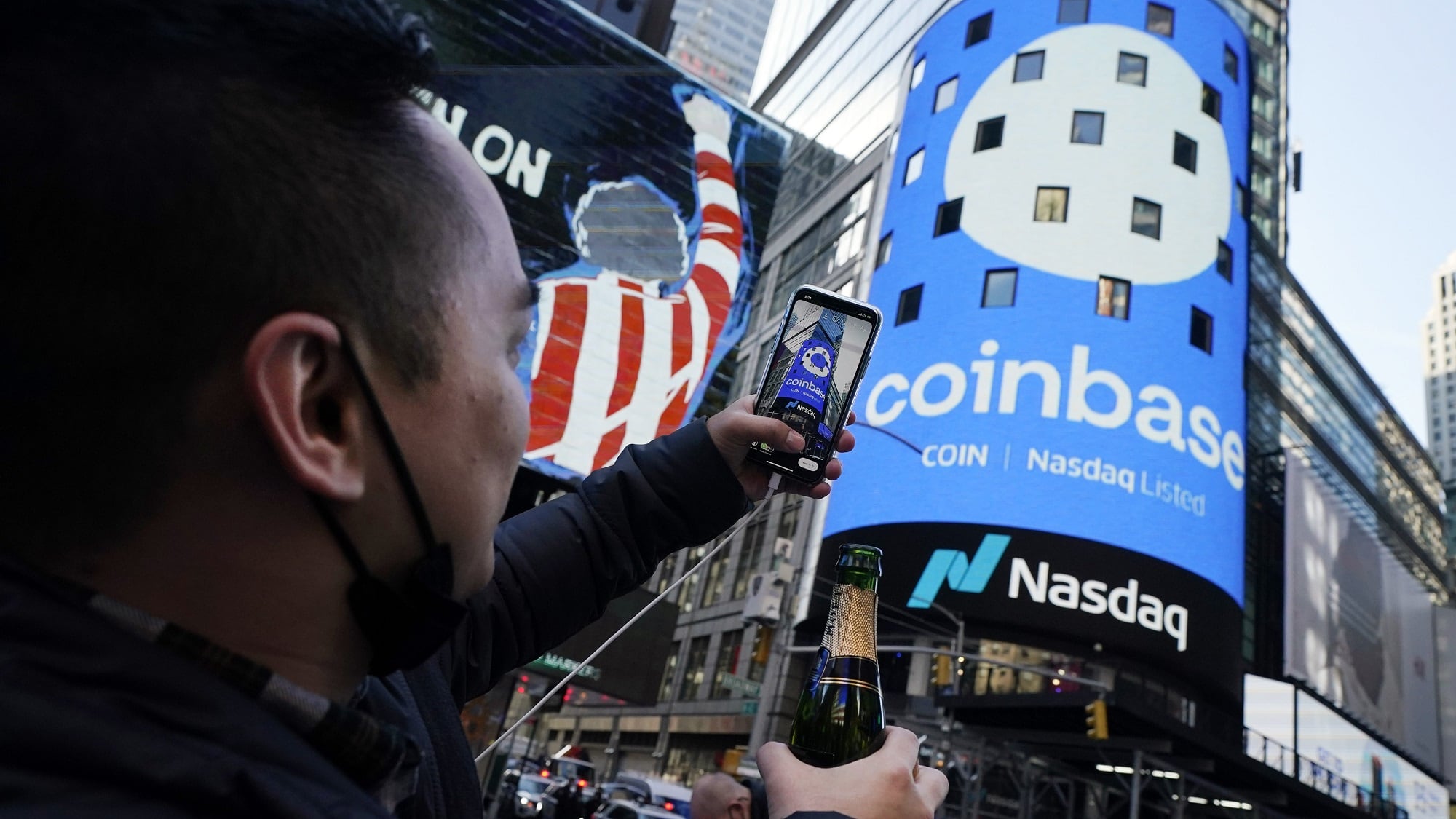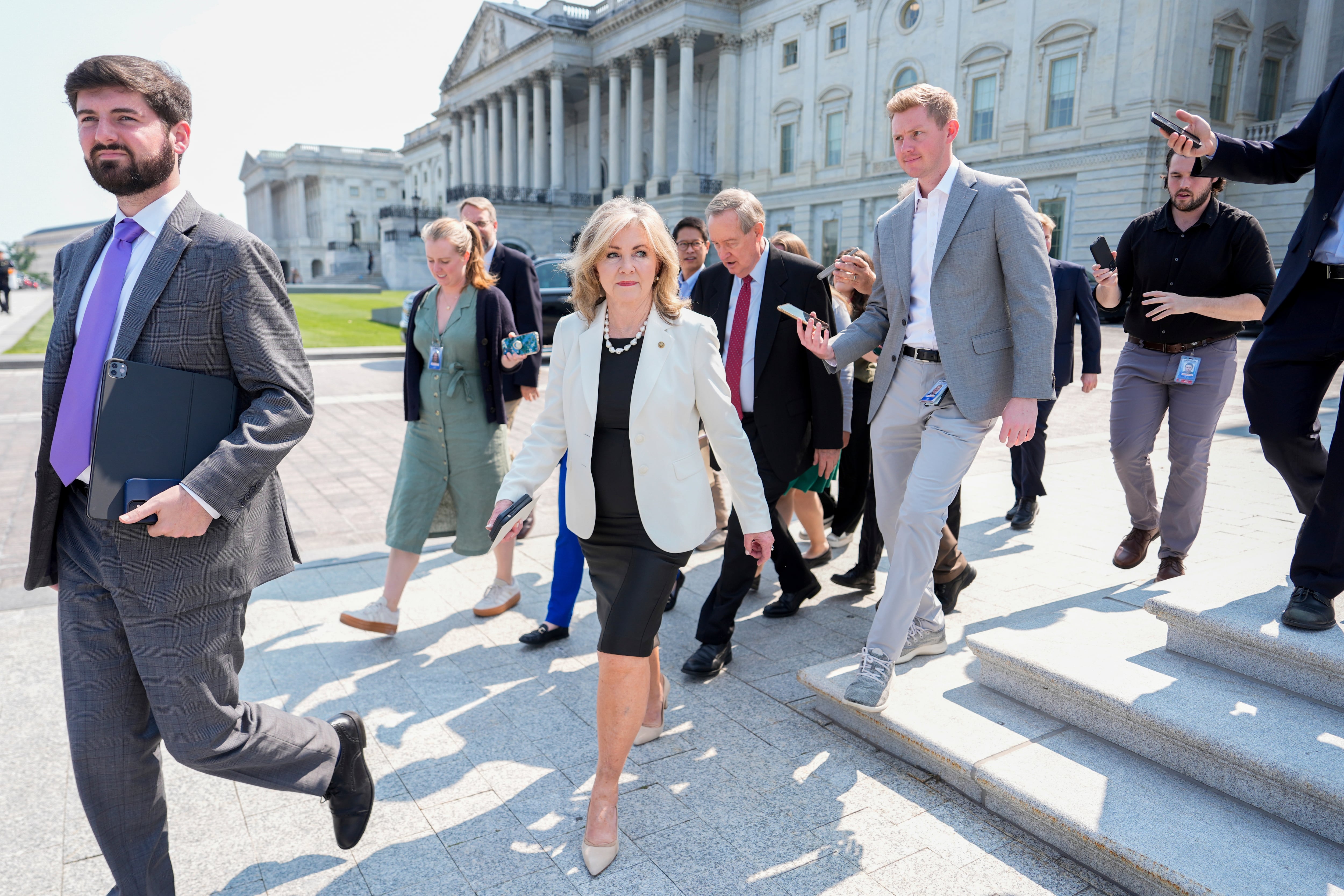By Christopher Rugaber
Nearly 3.3 million Americans applied for unemployment benefits last week — more than quadruple the previous record set in 1982 — amid a widespread economic shutdown caused by the coronavirus.
The surge in weekly applications was a stunning reflection of the damage the viral outbreak is doing to the economy. Filings for unemployment aid generally reflect the pace of layoffs.
The pace of layoffs is sure to accelerate as the U.S. economy sinks into a recession. Revenue has collapsed at restaurants, hotels, movie theaters, gyms, and airlines. Auto sales are plummeting, and car makers have close factories. Most such employers face loan payments and other fixed costs, so they're cutting jobs to save money.
As job losses mount, some economists say the nation's unemployment rate could approach 13% by May. By comparison, the highest jobless rate during the Great Recession, which ended in 2009, was 10%.
The economic deterioration has been swift. As recently as February, the unemployment rate was at a 50-year low of 3.5%. And the economy was growing steadily if modestly. Yet by the April-June quarter of the year, some economists think the economy will shrink at its steepest annual pace ever — a contraction that could reach 30%.
Many people who have lost jobs in recent days have been unable to file for unemployment aid because state websites and phone systems have been overwhelmed by a crush of applicants and have frozen up. That logjam suggests that Thursday's report on filings for unemployment benefits actually understates the magnitude of job cuts last week.
With layoffs surging, a significant expansion of unemployment benefits for the millions who will lose jobs as a result of the coronavirus outbreak was included in an economic relief bill nearing final approval in Congress. One provision in the bill would provide an extra $600 a week on top of the unemployment aid that states provide. Another would extend 13 additional weeks of benefits beyond the six months of jobless aid that most states offer.
Separate legislation passed last week provides up to $1 billion to states to enhance their ability to process claims. But that money will take time to be disbursed.
Jessy Morancy of Hollywood, Florida, was laid off Friday from her job as a wheelchair attendant and customer service agent at Fort Lauderdale Airport. Morancy, 29, called the state unemployment office Monday to try to file for unemployment benefits but encountered just a recorded message telling her to call back later.
She was also concerned that even a full unemployment benefit of $275 a week would be less than half of what she earned at her job and insufficient to provide for her children, ages 10 and 7.
“I’m still in a state of shock,” Morancy said.
She said she has heard that airline employees might continue to receive salaries if Congress provides financial assistance to the airlines. Yet even so, it’s not clear that employees like her who work for contractors — Eulen America, in her case — would be eligible.
“If these companies are going to get a bailout, why not include us?” Morancy said.
Even for those able to file a claim, the benefits will take time to kick in. It typically takes two to three weeks before applicants receive any money. State agencies must first contact their former employers to verify their work and earnings history. Only then can the employee’s weekly unemployment benefits be calculated.
Worsening the problem, most state agencies that handle unemployment claims are operating at historically low funding levels and staffing that are intended to handle a trickle of claims. Just weeks ago, the job market was in the strongest shape it had been in decades.
Kim Boldrini-Sen, 41, has also struggled to even file her claim. She has tried in two states: In Connecticut, where she works as an acupuncturist in a private practice, and in New York, where she lives and has her own acupuncture business.
In Connecticut, she thought her application had been submitted. But when she returned last week to re-file as applicants are required to do each week, she found there was no record of her initial filing. After taking an hour to re-file, she received a pop-up notice that she was ineligible to do so online.
In New York, the state's website repeatedly crashed when she was halfway through filling out her request. When she finally managed to press submit, she received a pop-up saying she had to file over the phone. That hasn't worked well, either.
"I've called at all hours of the day, she said. "That's been my life for a week, and I still can't get through to anyone."
On Monday, the New York State Department of Labor tweeted, "If you have been unable to get through our phone and/or online system this week, please keep trying."
"We are working as hard as we can to ensure that all benefits are paid and appreciate your patience," the agency said on Twitter.
Ellen Zentner, an economist at Morgan Stanley, said in a note to clients that 17 million jobs could be lost through May -- twice the entire 8.7 million jobs that were lost in the Great Recession. She expects the unemployment rate to average 12.8% in the April-June quarter, which would be the highest level since the 1930s.
Still, Zentner also expects the economy to start recovering by the second half of the year. It will take time for things to return to something close to normal, she projects: The unemployment rate could still top 5% at the end of next year.








